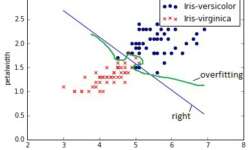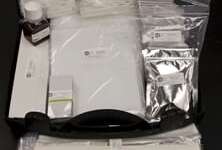How To Stay Healthy After 40

Naturally, you should stay healthy throughout your life, before and after age 40, but if you haven’t maintained good health habits until now, 40 appears to be a dividing line between the vitality of your younger years and the possibility of health problems in later years. If you haven’t paid too much attention to your health by the time you’re 40, you’re not alone. Most people spend the first few decades of their adult life earning degrees, raising a family, and furthering their careers. However, by age 40, it’s time to start researching ways to stay healthier. Taking the proper steps to get healthy isn’t as difficult as you might think, but it does take some research. In particular, here are three broad areas you need to research to develop a good health plan.










